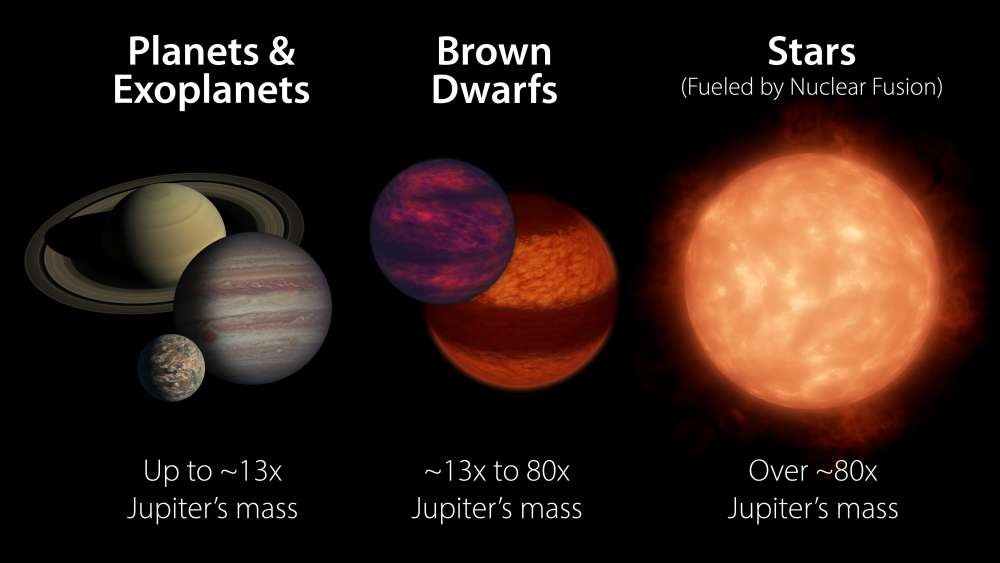Citizen researchers recently led to the discovery of nearly a hundred new brown dwarfs. Most of them, very cold, evolve only a few tens of light-years from the Sun.
In 2018, NASA launched a new site dedicated to the detection of objects at the edge of the Solar System. The project, called Backyard Worlds:Planet 9, compiles several hundred million images of the sky in infrared taken by the Wise telescope, allowing everyone to track the presence of these objects from their couch.
With this in mind, the site offers series of flipbooks highlighting several images of the same portion of sky taken at different intervals. The idea is then to target objects that seem to be moving gradually. The main suspects will then be analyzed by astronomers who then determine their nature.
Basically, this site was set up to track down the hypothetical "planet 9". If for the moment this world has not yet been discovered, hundreds of other objects have been isolated, and in particular brown dwarfs . These worlds, too massive to be considered as planets, are also too small to integrate the rank of stars. Their internal temperatures are indeed not sufficient to allow thermonuclear fusion reactions. In other words, brown dwarfs do not glow.
That being said, several citizen researchers, relying on data from the Backyard Worlds:Planet 9 site, have led to the discovery of 95 of these objects around the Sun . Proving, once again, "members of the public can play an important role in reshaping our scientific understanding of our solar neighborhood “, emphasizes Aaron Meisner, of the National Science Foundation.

While brown dwarfs can be extremely hot, displaying thousands of degrees Celsius, most of these new objects are much cooler . Some even approach Earth temperature, and could harbor water clouds.
“Discovering and characterizing astronomical objects near the Sun is fundamental to understanding our place and the history of the universe ", NASA wrote in a statement. "With their relatively cold temperatures, these newly discovered brown dwarfs represent a missing link long sought after within the brown dwarf population “.
Why are we talking about a missing link? Because six years ago, researchers made an amazing discovery:a brown dwarf with a temperature of 23°C. Called WISE 0855, it is still, to this day, the coldest ever insulated. Since its discovery, this brown dwarf has been considered a "UFO" by astronomers since all other known such objects exhibit much higher temperatures.
So, "this new discovery helps us connect the dots between 0855 and other known brown dwarfs “, concludes astrophysicist Marc Kuchner, of NASA’s Goddard Space Flight Center.